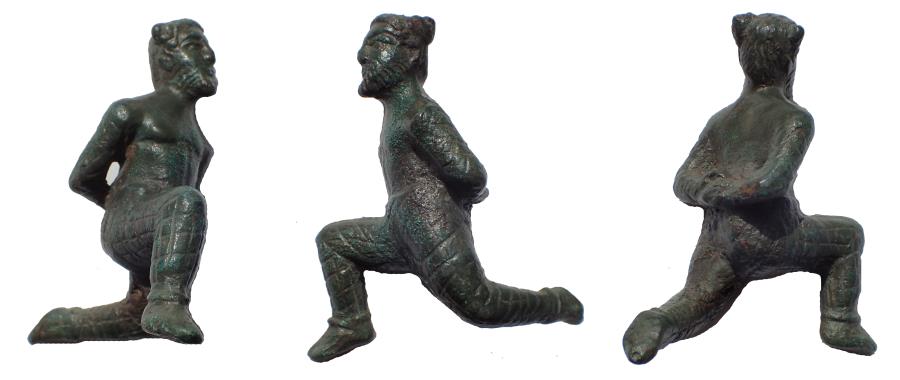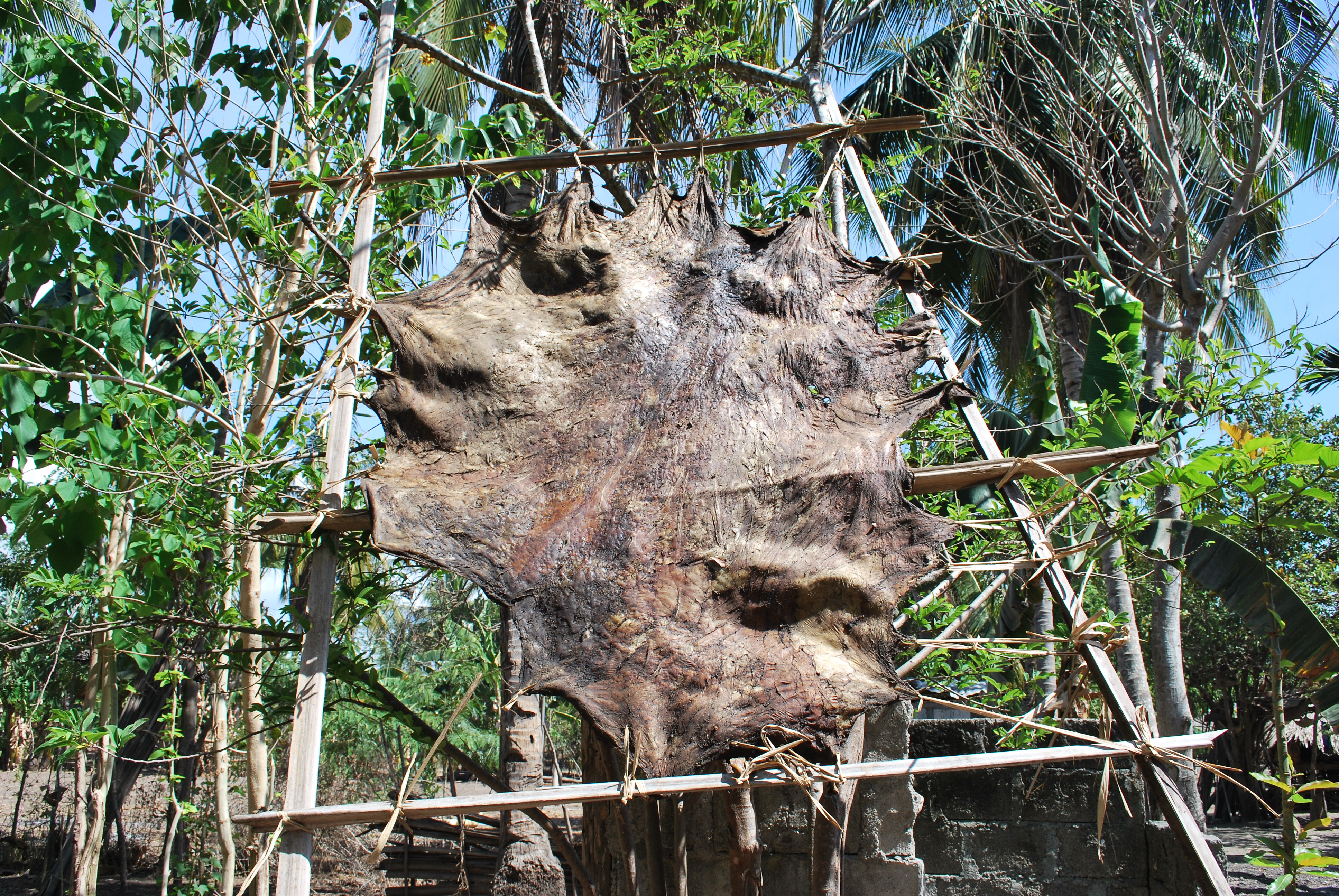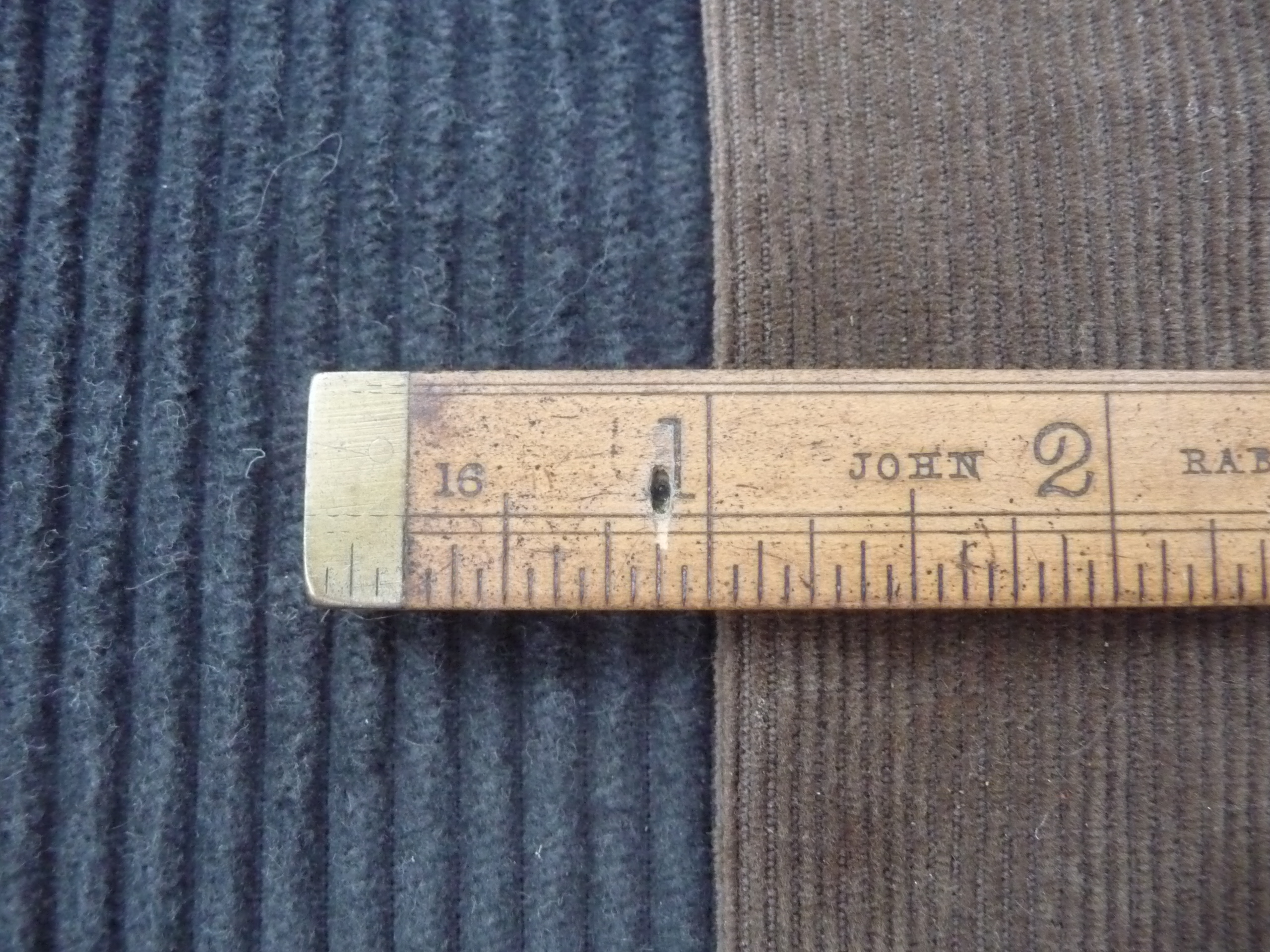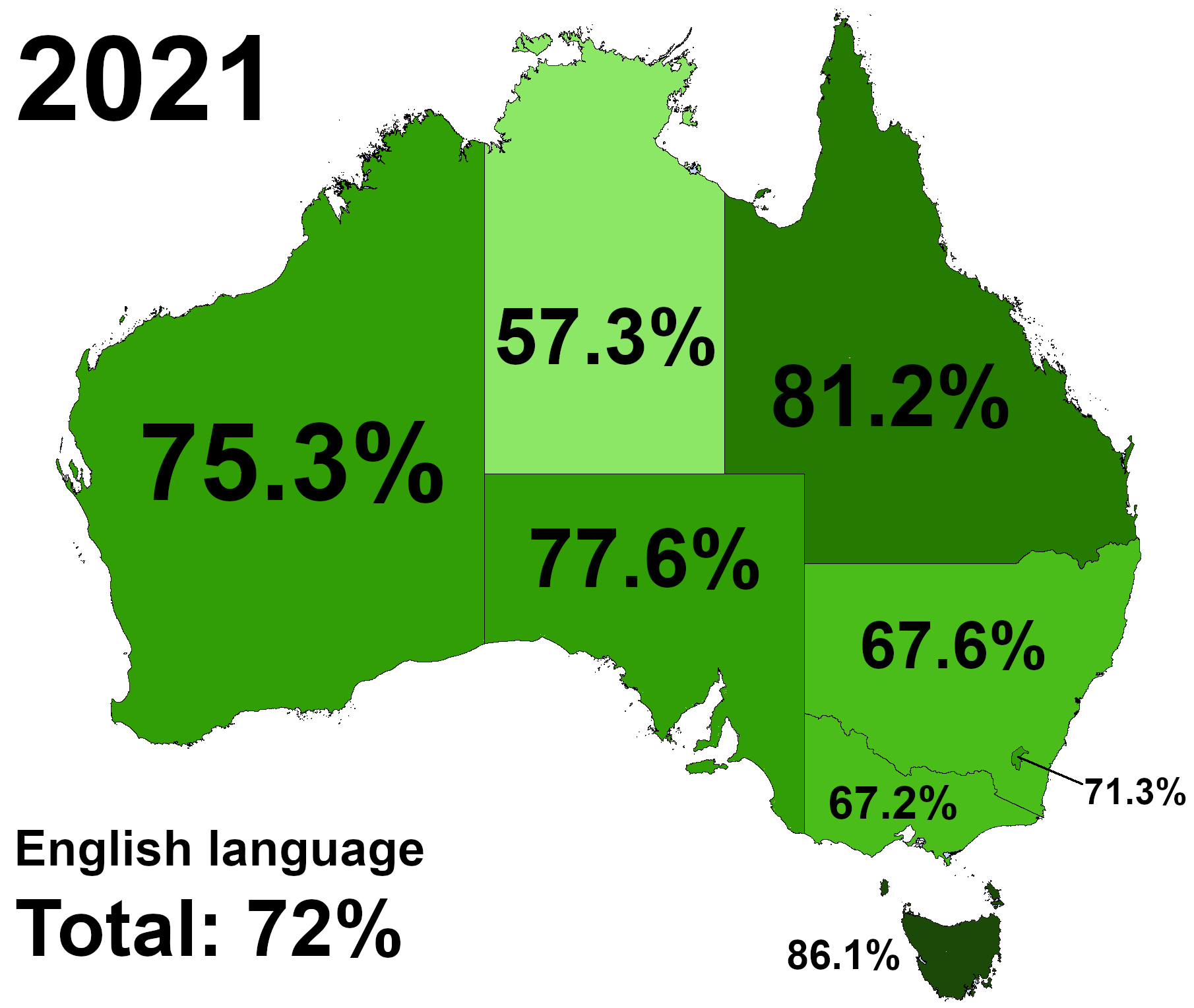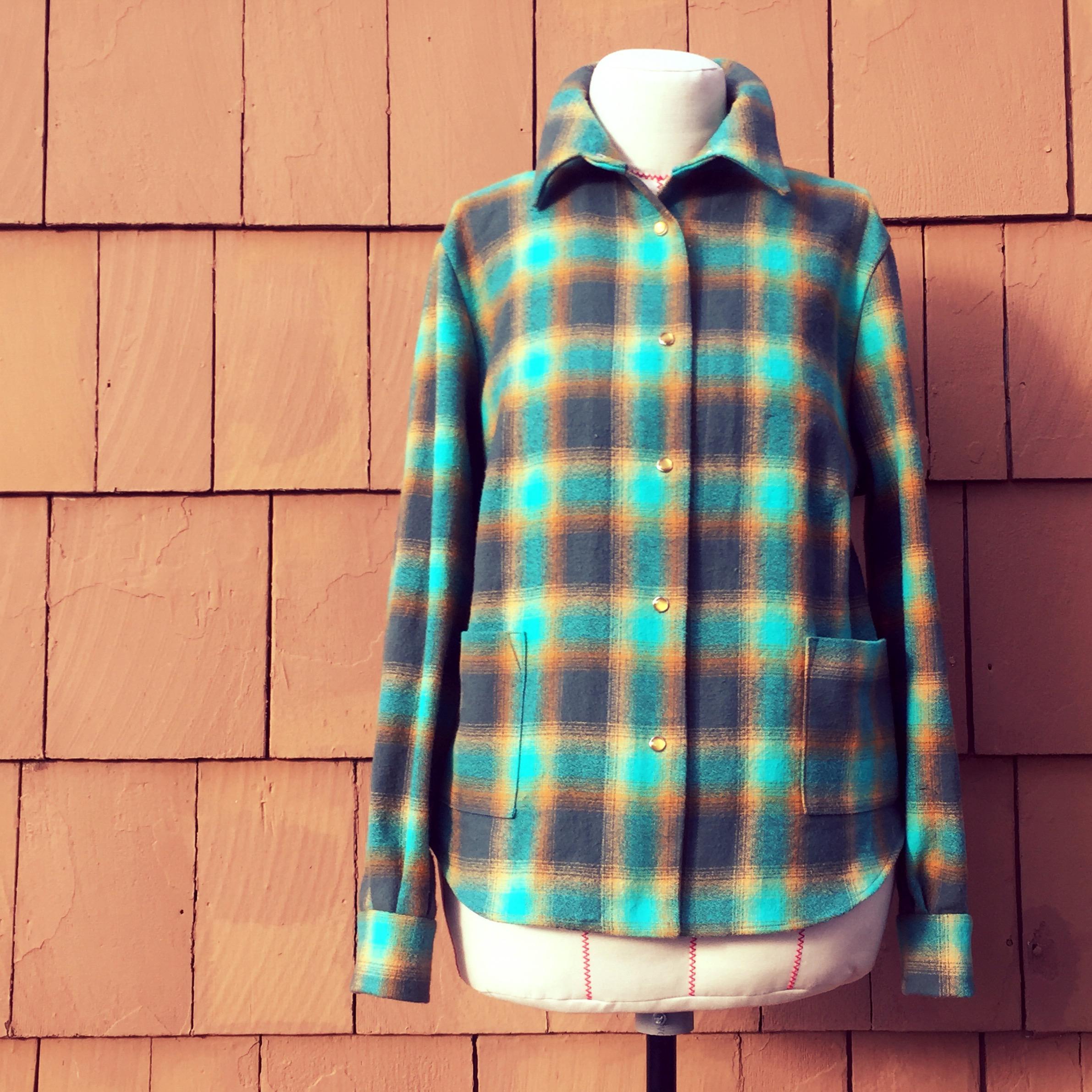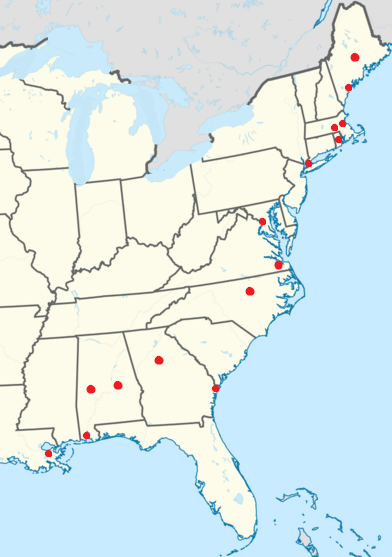|
Trousers
Trousers (British English), slacks, or pants ( American, Canadian and Australian English) are an item of clothing worn from the waist to anywhere between the knees and the ankles, covering both legs separately (rather than with cloth extending across both legs as in robes, skirts, dresses and kilts). Shorts are similar to trousers, but with legs that come down only as far as the knee, but may be considerably shorter depending on the style of the garment. To distinguish them from shorts, trousers may be called "long trousers" in certain contexts such as school uniform, where tailored shorts may be called "short trousers" in the UK. The oldest known trousers, dating to the period between the thirteenth and the tenth centuries BC, were found at the Yanghai cemetery in Turpan, Xinjiang ( Tocharia), in present-day western China.Smith, Kiona N.,The world's oldest pants are a 3,000-year-old engineering marvel, ''Ars Technica'', 4 April 2022. Made of wool, the trousers had strai ... [...More Info...] [...Related Items...] OR: [Wikipedia] [Google] [Baidu] |
Shorts
Shorts are a garment worn over the pelvic area, circling the waist and splitting to cover the upper part of the legs, sometimes extending down to the knees but not covering the entire length of the leg. They are called "shorts" because they are a shortened version of trousers, which cover the entire leg, but not the foot. Shorts are typically worn in warm weather or in an environment where comfort and airflow are more important than the protection of the legs. There are a variety of shorts, ranging from knee-length short trousers that can in some situations be worn as formal clothes to beachwear and athletic shorts. Some types of shorts are typically worn by women, such as culottes, which are a divided skirt resembling a pair of loose-cut shorts. Terminological differences The British English term, ''short trousers'', is used, only for shorts that are a short version of ordinary trousers (i.e., ''pants'' or ''slacks'' in American English). For example: tailored shorts, oft ... [...More Info...] [...Related Items...] OR: [Wikipedia] [Google] [Baidu] |
Skirts
A skirt is the lower part of a dress or a separate outer garment that covers a person from the waist downwards. At its simplest, a skirt can be a draped garment made out of a single piece of fabric (such as pareos). However, most skirts are fitted to the body at the waist or hips and fuller below, with the fullness introduced by means of Dart (sewing), darts, Gore (fabrics), gores, pleats, or panels. Modern skirts are usually made of light to mid-weight Textile, fabrics, such as denim, Jersey (fabric), jersey, worsted, or poplin. Skirts of thin or clingy fabrics are often worn with Slip (clothing), slips to make the material of the skirt drape better and for modesty. In modern times, skirts are very commonly worn by women and girls. Some exceptions include the izaar, worn by many Muslim cultures, and the kilt, a traditional men's garment in Scotland, Ireland, and England. The hemline of skirts can vary from Microskirt, micro to floor-length and can vary according to Culture, cu ... [...More Info...] [...Related Items...] OR: [Wikipedia] [Google] [Baidu] |
School Uniform
A school uniform is a uniform worn by students primarily for a school or otherwise an educational institution. They are common in primary school, primary and secondary schools in various countries and are generally widespread in Africa, Asia, Oceania, the British Isles and much of the Americas, but are not common in the United States, Canada, and most countries in continental Europe. An example of a uniform would be requiring button-down shirts, Pants, trousers for boys, and blouses and pleated skirts for girls, with both wearing blazers. A uniform can even be as simple as requiring collared shirts, or restricting colour choices and limiting items students are allowed to wear. Uniform Although often used interchangeably, there is an important difference between dress codes and school uniforms: according to scholars such as Nathan Joseph, clothing can only be considered a uniform when it "(a) serves as a group emblem, (b) certifies an institution's legitimacy by revealing indi ... [...More Info...] [...Related Items...] OR: [Wikipedia] [Google] [Baidu] |
Gabardine
Gabardine Gabardine is a durable twill worsted wool. It is a tightly woven waterproof fabric and is used to make outerwear and various other garments, such as suit (clothing), suits, overcoats, trousers, uniforms, and windbreakers. Thomas Burberry created the fabric in the late 1870s and patented it in 1888. The name gabardine comes from "gaberdine", a type of long, cape-like dress worn during the Middle Ages. Since its debut in the late 19th century, gabardine has taken on an important role in military, active, and outerwear due to its durable, breathable, waterproof, and lightweight nature. In particular, its widespread use by the British Armed Forces during World War I produced the garments now widely recognised as the trench coat. History The word gaberdine or gabardine has been used to refer to a particular item of clothing, a sort of long cassock but often open at the front, since at least the 15th century. In the 16th century the term began to be used for outer garm ... [...More Info...] [...Related Items...] OR: [Wikipedia] [Google] [Baidu] |
Leather
Leather is a strong, flexible and durable material obtained from the tanning (leather), tanning, or chemical treatment, of animal skins and hides to prevent decay. The most common leathers come from cattle, sheep, goats, equine animals, buffalo, pigs and hogs, ostriches, and aquatic animals such as seals and alligators. Leather can be used to make a variety of items, including clothing, footwear, handbags, furniture, tools and sports equipment, and lasts for decades. Leather making has been practiced for more than 7,000 years and the leading producers of leather today are China and India. Critics of tanneries claim that they engage in unsustainable practices that pose health hazards to the people and the environment near them. Production processes The leather manufacturing process is divided into three fundamental subprocesses: preparatory stages, tanning, and crusting. A further subprocess, finishing, can be added into the leather process sequence, but not all leathers ... [...More Info...] [...Related Items...] OR: [Wikipedia] [Google] [Baidu] |
Corduroy
Corduroy is a textile with a distinctively raised "cord" or wale texture. Modern corduroy is most commonly composed of tufted cords, sometimes exhibiting a channel (bare to the base fabric) between them. Both velvet and corduroy derive from fustian fabric. Corduroy looks as if it is made from multiple cords laid parallel to each other. Etymology A common false etymology holds that the word "corduroy" derives from the French phrase ''corde du roi'' or ''the cord of the king''. The word ''corduroy'' is from ''cord'' (i.e., rope) and '' duroy,'' which was a coarse woollen cloth made in England in the 18th century. Variations Corduroy is made by weaving extra sets of fibre into the base fabric to form vertical ridges called ''wales''. The wales are built so that clear lines can be seen when they are cut into pile. Corduroy is considered a durable cloth and is found in the construction of trousers, jackets, and shirts. The width of the wales varies between fabric styles and is spe ... [...More Info...] [...Related Items...] OR: [Wikipedia] [Google] [Baidu] |
Australian English
Australian English (AusE, AusEng, AuE, AuEng, en-AU) is the set of variety (linguistics), varieties of the English language native to Australia. It is the country's common language and ''de facto'' national language. While Australia has no official language, English is the first language of Languages of Australia, the majority of the population, and has been entrenched as the ''de facto'' national language since the onset of History of Australia (1788–1850), British settlement, being the only language spoken in the home for 72% of Australians in 2021. It is also the main language used in compulsory education, as well as federal, state and territorial legislatures and courts. Australian English began to diverge from British English, British and Hiberno-English after the First Fleet established the Colony of New South Wales in 1788. Australian English arose from a Koiné language, dialectal melting pot created by the intermingling of early settlers who were from a variety of d ... [...More Info...] [...Related Items...] OR: [Wikipedia] [Google] [Baidu] |
Flannel
Flannel is a soft woven fabric, of varying fineness. Flannel was originally made from carded wool or worsted yarn, but is now often made from either wool, cotton, or synthetic fiber. Flannel is commonly used to make tartan clothing, blankets, bed sheets, sleepwear, and several other uses. Flannel may be brushed to create extra softness or remain unbrushed. Brushing is a mechanical process wherein a fine metal brush rubs the fabric to raise fine fibres from the loosely spun yarns to form a nap on one or both sides. If the flannel is not napped, it gains its softness through the loosely spun yarn in its woven form. The term "flannel shirt" is often mistakenly used to refer to any shirt with a plaid or tartan pattern. However, 'flannel' refers simply to the fabric; not all flannel shirts are plaid and not all plaid shirts are flannel. History The word's origin is uncertain, but a Welsh origin has been suggested as fabric similar to flannel can be traced back to Wales, where ... [...More Info...] [...Related Items...] OR: [Wikipedia] [Google] [Baidu] |
Velvet
Velvet is a type of woven fabric with a dense, even pile (textile), pile that gives it a distinctive soft feel. Historically, velvet was typically made from silk. Modern velvet can be made from silk, linen, cotton, wool, synthetic fibers, silk-cotton blends, or synthetic-natural fiber blends. Construction and composition Velvet is woven on a special loom that weaves two thicknesses of the material at the same time; the two layers are connected with an extra warp yarn that is woven over rods or wires. The two pieces are then cut apart to create the fabric's pile, and the two lengths of fabric are wound on separate take-up rolls. This complicated process meant that velvet was expensive to make before industrial power looms became available, and well-made velvet remains a fairly costly fabric. Velvet is difficult to clean because of its pile, but modern dry cleaning methods make cleaning more feasible. Velvet pile is created by cutting the warp (weaving), warp yarns, while vel ... [...More Info...] [...Related Items...] OR: [Wikipedia] [Google] [Baidu] |
Yanghai Cemetery
The Subeshi culture (; 1100–100 BCE), also rendered as Subeishi culture or Subeixi culture, is an Iron Age culture from the area of Shanshan County, Turfan, Xinjiang, at the eastern edge of the Tarim Basin. The Subeshi culture contributes some of the later period Tarim Mummies. It might be associated with the Jushi Kingdom known from Chinese historical sources. The culture includes three closely related cemeteries: * the Subeshi cemetery * the Shengjindian cemetery, * the Yanghai cemetery. After 200 BCE, the Subeshi culture may have evolved into the later walled city-state culture of the Jushi Kingdom. Characteristics The origins of the Subeshi culture were influenced by the cultures of West Asia and Central Asia as far back as the late Neolithic period and the early Bronze Age, when bronze technology, pottery and ornamation styles were introduced from the west, before spreading further east to the early cultures of China, such as the Siba culture (about 2000–1600 BCE), ... [...More Info...] [...Related Items...] OR: [Wikipedia] [Google] [Baidu] |
Wool
Wool is the textile fiber obtained from sheep and other mammals, especially goats, rabbits, and camelids. The term may also refer to inorganic materials, such as mineral wool and glass wool, that have some properties similar to animal wool. As an animal fiber, wool consists of protein together with a small percentage of lipids. This makes it chemically quite distinct from cotton and other plant fibers, which are mainly cellulose. Characteristics Wool is produced by follicles which are small cells located in the skin. These follicles are located in the upper layer of the skin called the epidermis and push down into the second skin layer called the dermis as the wool fibers grow. Follicles can be classed as either primary or secondary follicles. Primary follicles produce three types of fiber: kemp, medullated fibers, and true wool fibers. Secondary follicles only produce true wool fibers. Medullated fibers share nearly identical characteristics to hair and are long but ... [...More Info...] [...Related Items...] OR: [Wikipedia] [Google] [Baidu] |
American English
American English, sometimes called United States English or U.S. English, is the set of variety (linguistics), varieties of the English language native to the United States. English is the Languages of the United States, most widely spoken language in the United States and, since 2025, the official language of the United States. It is also an official language in 32 of the 50 U.S. states and the ''de facto'' common language used in government, education, and commerce in all 50 states, the District of Columbia, and in all territories except Puerto Rico. Since the late 20th century, American English has become the most influential form of English worldwide. Varieties of American English include many patterns of pronunciation, vocabulary, grammar, and particularly spelling that are unified nationwide but distinct from other forms of English around the world. Any North American English, American or Canadian accent perceived as lacking noticeably local, ethnic, or cultural markedness ... [...More Info...] [...Related Items...] OR: [Wikipedia] [Google] [Baidu] |
